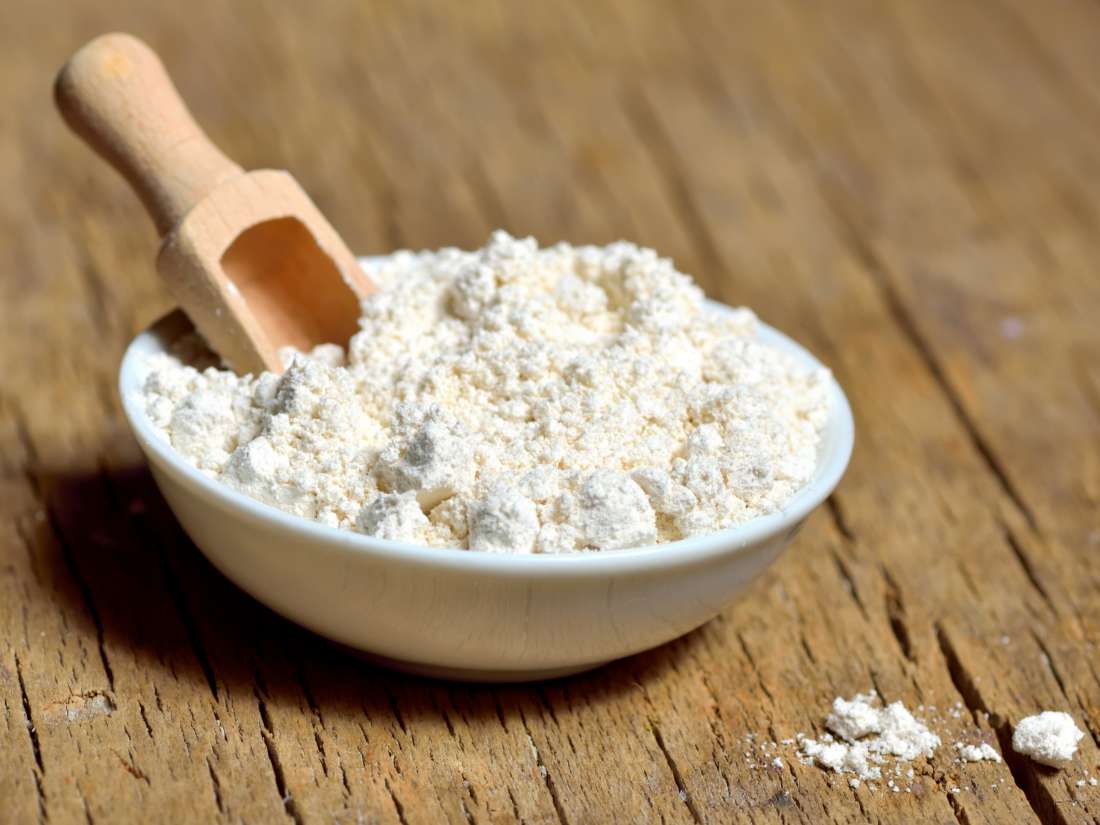A yeast infection develops when Candida fungi, which is a type of yeast, grow uncontrollably on the surface of the skin or in mucous membranes inside the body. People can develop yeast infections anywhere inside or outside of their body, including the mouth, throat, vagina, penis, or anus.
An anal yeast infection often causes intense and persistent anal itching, also called pruritus ani.
People can treat anal yeast infections with over-the-counter (OTC) antifungals or prescription medication.
Keep reading to learn more about the symptoms, causes, treatments, and risk factors associated with anal yeast infections.
 Share on Pinterest
Share on PinterestAn anal yeast infection occurs when an overgrowth of Candida fungi develops in the anus.
People who have an anal yeast infection may experience the following symptoms:
- intense and persistent itching
- burning sensation
- occasional discharge from the anus
- skin changes, such as red or irritated skin
- soreness, bleeding, or pain from scratching
An anal yeast infection can spread to the penis or vagina.
The Candida bacteria responsible for yeast infections live on the surface of the skin, inside the gastrointestinal tract, and in the vagina.
Normal concentrations of Candida do not cause symptoms.
However, an overgrowth of Candida can lead to yeast infections on the skin or inside the mucous membranes of the:
- mouth
- throat
- vagina
- head of the penis
- anus
Candida thrive in warm, moist environments. Wearing tight or restrictive clothing can create conditions that encourage the growth of Candida fungi.
Excess Candida in the intestines can travel to the anal canal, which may result in an anal yeast infection.
Although yeast infections can affect the genitals, doctors do not consider them to be sexually transmitted diseases. However, people can develop or transmit an anal yeast infection if they have anal sex with a partner who has an anal yeast infection without using a condom or another barrier contraceptive.
The National Organization for Rare Disorders (NORD) states that yeast infections are rarely severe in healthy people.
Treatment for yeast infections varies depending on the severity of the infection.
A doctor may recommend OTC medication for mild to moderate yeast infections. These can include:
- clotrimazole (Canesten, Lotrimin)
- miconazole (Monistat)
- boric acid suppositories
- butoconazole (Mycelex, Butoconazole Nitrate)
Although many OTC yeast infection medications specifically target vaginal infections, people can safely use them to treat anal yeast infections as well.
A doctor may prescribe stronger treatments for people who have severe or chronic yeast infections that do not respond to regular medications.
Prescription medication for anal yeast infections include:
- nystatin (Mycostatin, Nystop)
- diflucan (Fluconazole)
- terconazole (Terazol)
Although rare, a yeast infection can progress into a systemic infection that spreads to the membranes surrounding organs, such as the heart or the brain. Doctors can treat systemic candidiasis with oral or intravenous (IV) antifungal medications.
People can also manage their symptoms with the following natural remedies.
Probiotics
According to one 2019 laboratory study, researchers found that a combination probiotic containing Saccharomyces boulardii, Lactobacillus acidophilus, and others effectively inhibited the growth of Candida tropicalis and Candida albicans, which is the most common cause of yeast infections.
Despite impressive results from test tube studies, few high quality clinical trials assessing the effectiveness of probiotics for treating yeast infections exist.
Another study of ten randomized control trials found evidence that suggests probiotics may increase the effectiveness of traditional antifungal treatments. The authors of the review also cited evidence that probiotic supplementation may decrease the frequency of recurring infections.
There are a selection of probiotics available for purchase online.
Coconut oil
Coconut oil possesses powerful antimicrobial properties that may help combat Candida overgrowth.
Current research findings suggest the medium-chain fatty acids, specifically lauric acid, are responsible for the antimicrobial effects of coconut oil. Medium-chain fatty acids can kill bacteria and fungi by disrupting their cellular membranes.
In one 2016 laboratory study, researchers observed coconut oil prevented the growth of Candida ablicans more effectively than some probiotics. However, coconut oil showed weaker antifungal effects when compared with popular OTC treatments, such as ketoconazole and chlorhexidine. However, more research is necessary to confirm these findings.
The authors of another 2016 study found that rats who ate diets high in coconut oil had reduced quantities of intestinal Candida ablicans when compared to rats fed beef fat and soybean oil.
There are a selection of coconut oils available for purchase online.
Other home remedies
People can treat mild yeast infections at home with OTC antifungal medications. People can also use corticosteroid ointments, such as cortisone, to reduce inflammation and itching.
Keeping the genital area clean and dry may help speed up the healing process and help prevent reinfection.
People can reduce their risk of developing anal yeast infections by:
- practicing proper bathroom hygiene
- avoiding the use of scented hygiene products on the genital and anal areas
- washing after swimming and exercising
- using condoms and dental dams during sexual intercourse
- wearing breathable underwear and loose fitting clothing
- maintaining a healthy body weight
- eating a balanced diet low in refined sugar and carbohydrates
People may have a higher risk for Candida overgrowth and yeast infections if they:
People may want to contact a healthcare provider if they have symptoms of an anal yeast infection that last for several weeks.
People who do receive treatment recommendations from a healthcare provide, but do not experience noticeable improvements within 1–2 weeks should contact their doctor.
People should also contact a doctor if they experience:
- bleeding or unusual discharge from the anus
- fever
- chills
- low blood pressure
- fast heart rate
- rapid or shallow breathing
Anal yeast infections can cause uncomfortable itching but rarely indicate a medical emergency. Doctors can prescribe antifungals that will prevent the fungus from growing.
Although yeast infections are not contagious, people can transmit a yeast infection to their sexual partners.
People develop yeast infections when they have an overgrowth of yeast fungi on the surface of their skin or inside their bodies.
People who have a weakened immune system, diabetes, or obesity may have an increased risk of developing a yeast infection.
We picked linked items based on the quality of products, and list the pros and cons of each to help you determine which will work best for you. We partner with some of the companies that sell these products, which means Healthline UK and our partners may receive a portion of revenues if you make a purchase using a link(s) above.








